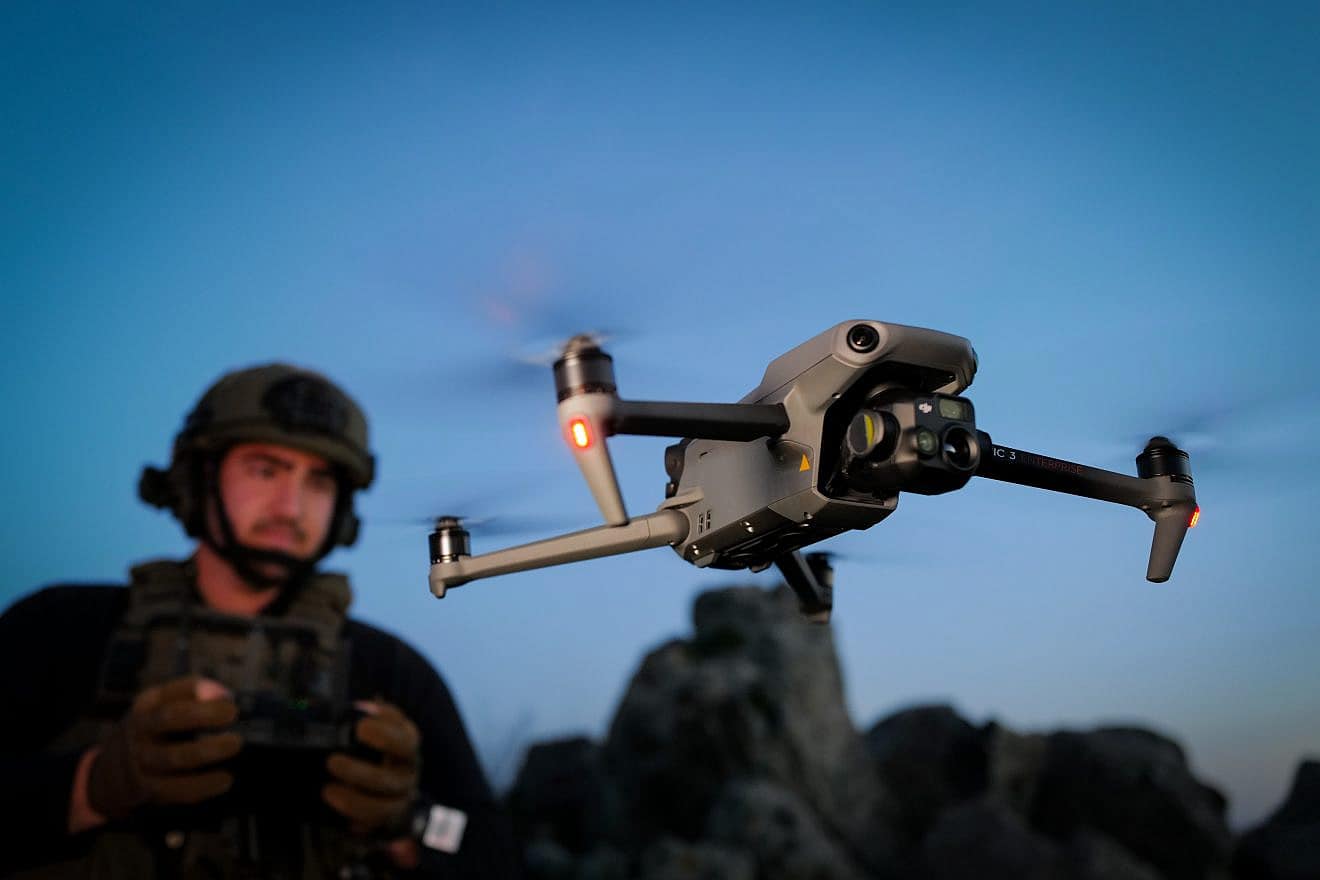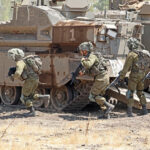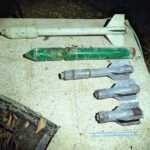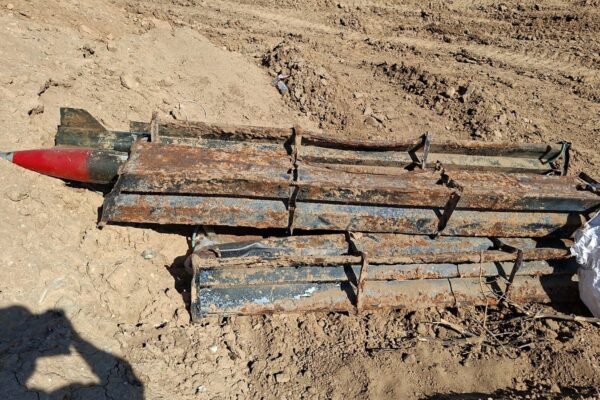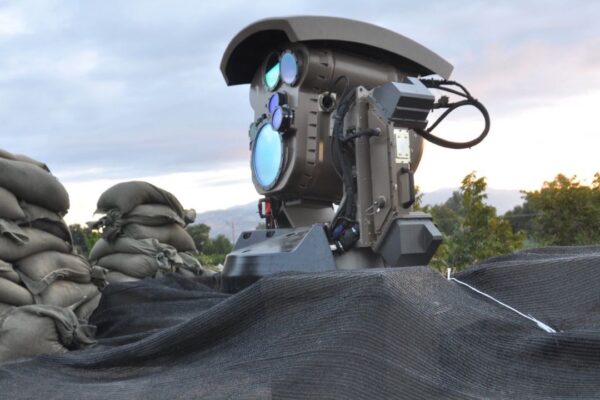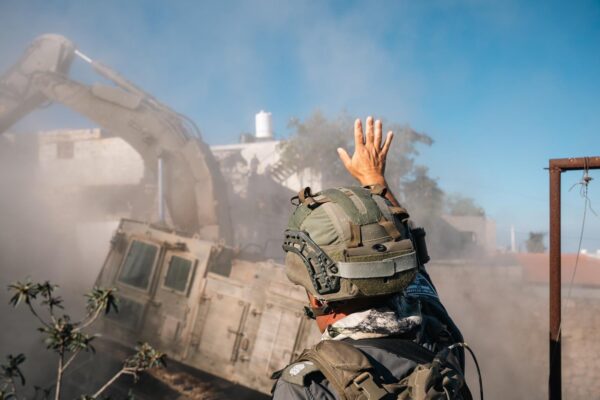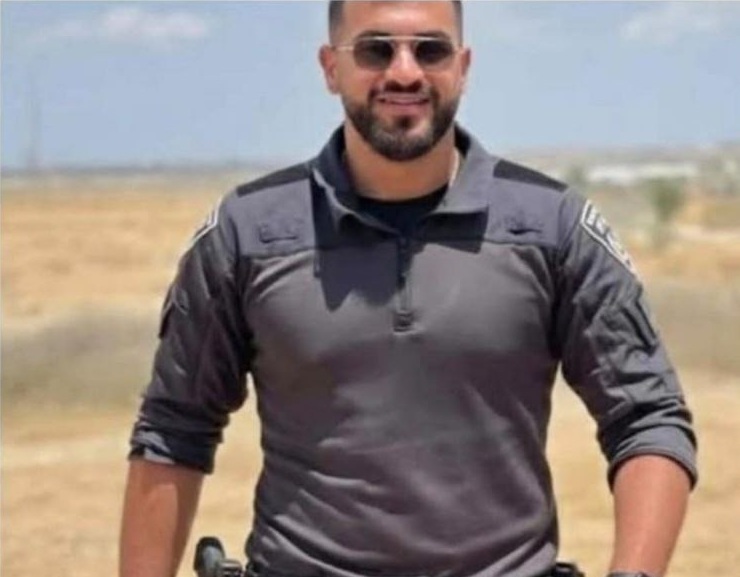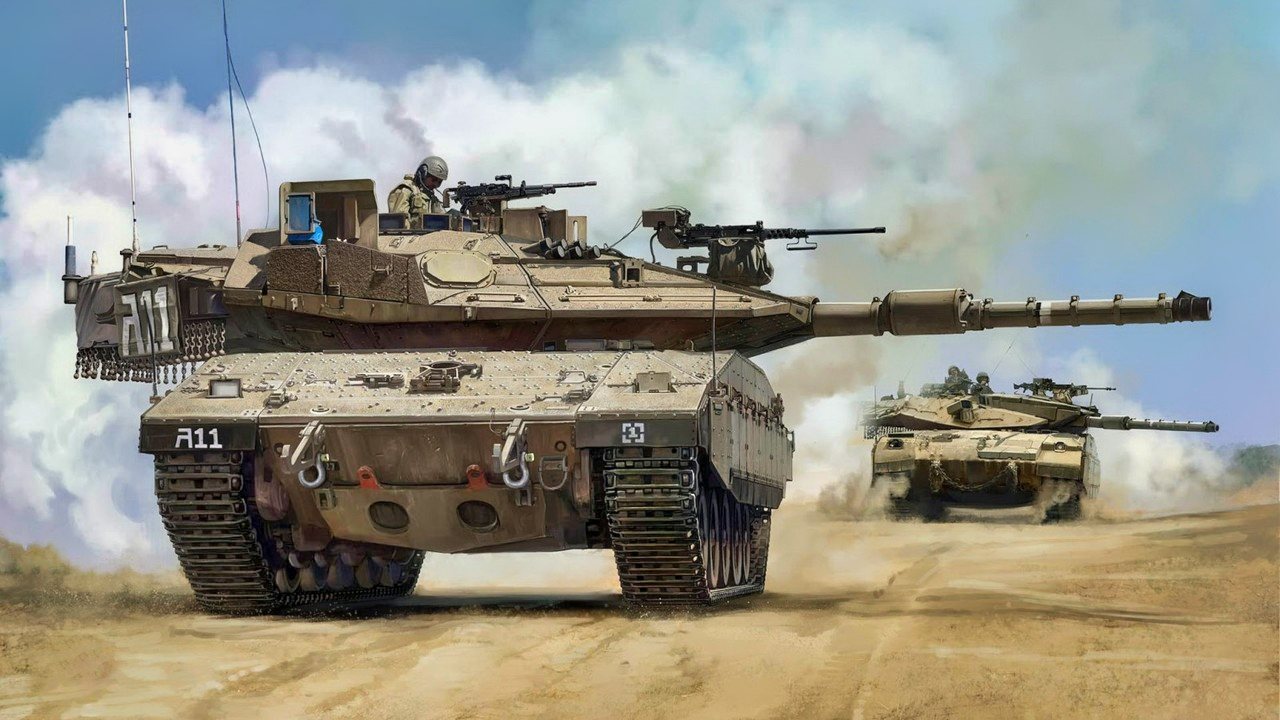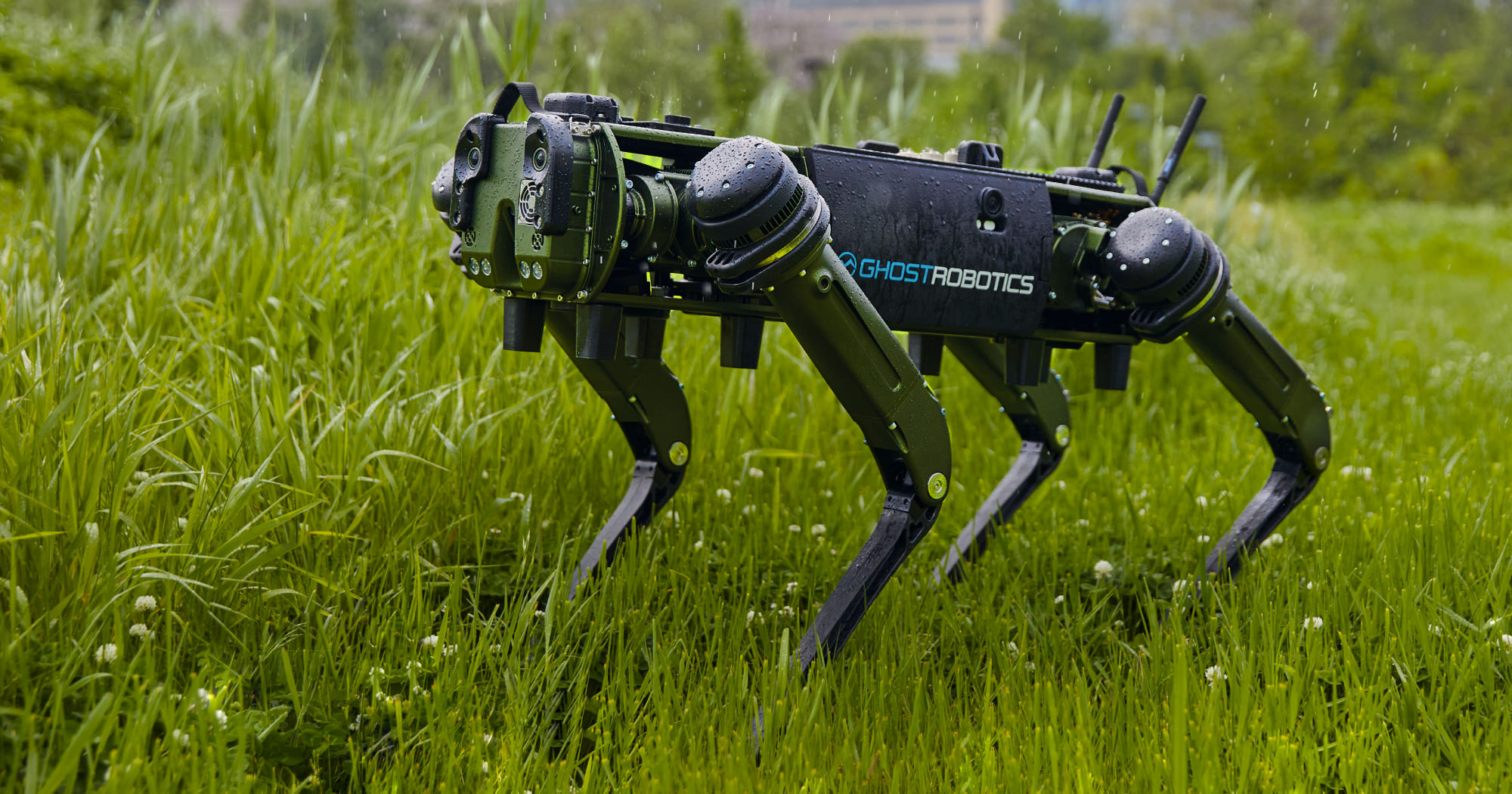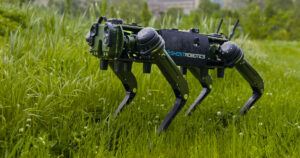The Israeli Ministry of Defense recently issued a tender for 5,000 FPV-style attack drones.
By Hezy Laing
The modern battlefield is rapidly shifting from human based fighting to machine-based fighting and Israel is at the forefront.
In a major shift in urban battlefield strategy, the IDF has increasingly turned to suicide drones as their primary method for eliminating Hamas operatives in Gaza.
These drones, particularly the Atalef model—named after the Hebrew word for “bat”—have revolutionized how the IDF conducts urban warfare, allowing for precise, remote strikes with minimal risk to soldiers.
The IDF recently disclosed that these drones are “accounting for most of the kills of Hamas terrorists in Gaza,” describing it as a military revolution.
Unlike earlier phases of the conflict, where drone operations were largely the domain of the Israeli Air Force, the Atalef drones are now widely distributed among ground units, even at the platoon level.
This decentralization means that small squads of soldiers can deploy drones for surveillance and targeted attacks without waiting for higher-level authorization.
The drones are used to scout buildings for booby traps and tunnels, monitor terrain to prevent ambushes, and carry out lethal strikes against enemy fighters embedded in civilian areas.
To support this transformation, the IDF has established 14 drone training schools and trained over 20,000 soldiers in drone operation.
This investment reflects the central role drones now play in Israel’s combat doctrine.
The result has been a dramatic increase in operational efficiency and a significant reduction in casualties among Israeli forces.
The growing reliance on drones marks a turning point in the IDF’s approach to asymmetric warfare.
By combining real-time intelligence with autonomous strike capability, Israel has gained a tactical edge in its ongoing battle against Hamas.
The Israeli Ministry of Defense recently issued a tender for 5,000 FPV-style attack drones, with potential expansion to 10,000 or even 20,000 units.
While not all of these are Atalef drones specifically, the procurement reflects Israel’s broader push to saturate the battlefield with agile, lethal drone technology.
The shift underscores how technology continues to reshape the modern battlefield, with drones now serving not just as eyes in the sky, but as decisive instruments of war.
This growing reliance on drones is not just enhancing battlefield efficiency—it’s actively redefining the role of conventional soldiers.
Tasks that once required boots on the ground, such as scouting enemy positions, clearing buildings, or engaging in direct combat, are now being handled remotely by drone operators stationed far from the front lines.
As a result, the IDF is shifting from traditional infantry-heavy tactics to a tech-driven combat model, where machines carry out the riskiest missions.
This evolution reduces exposure to enemy fire, minimizes casualties, and allows human soldiers to focus on strategic decision-making rather than frontline engagement.


